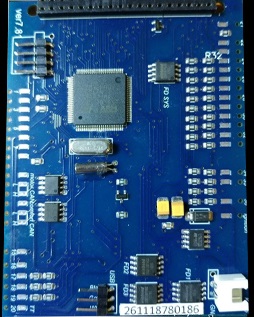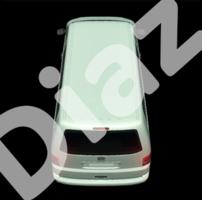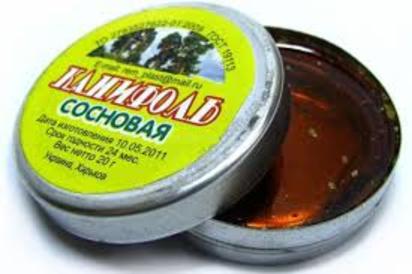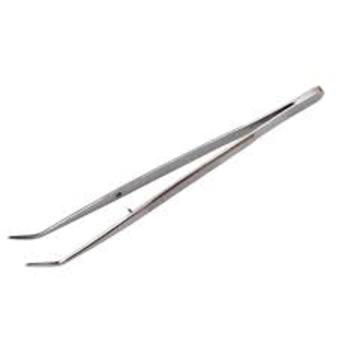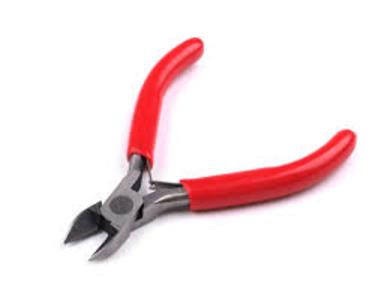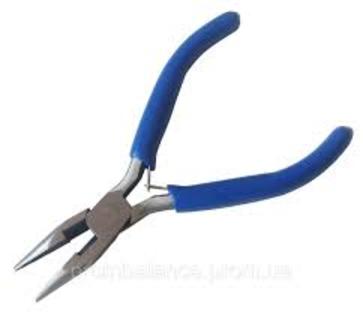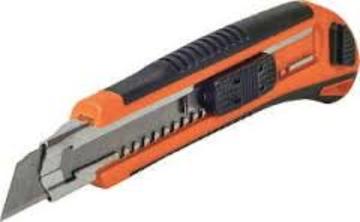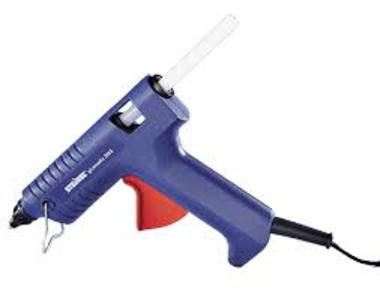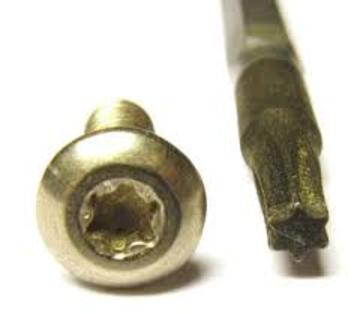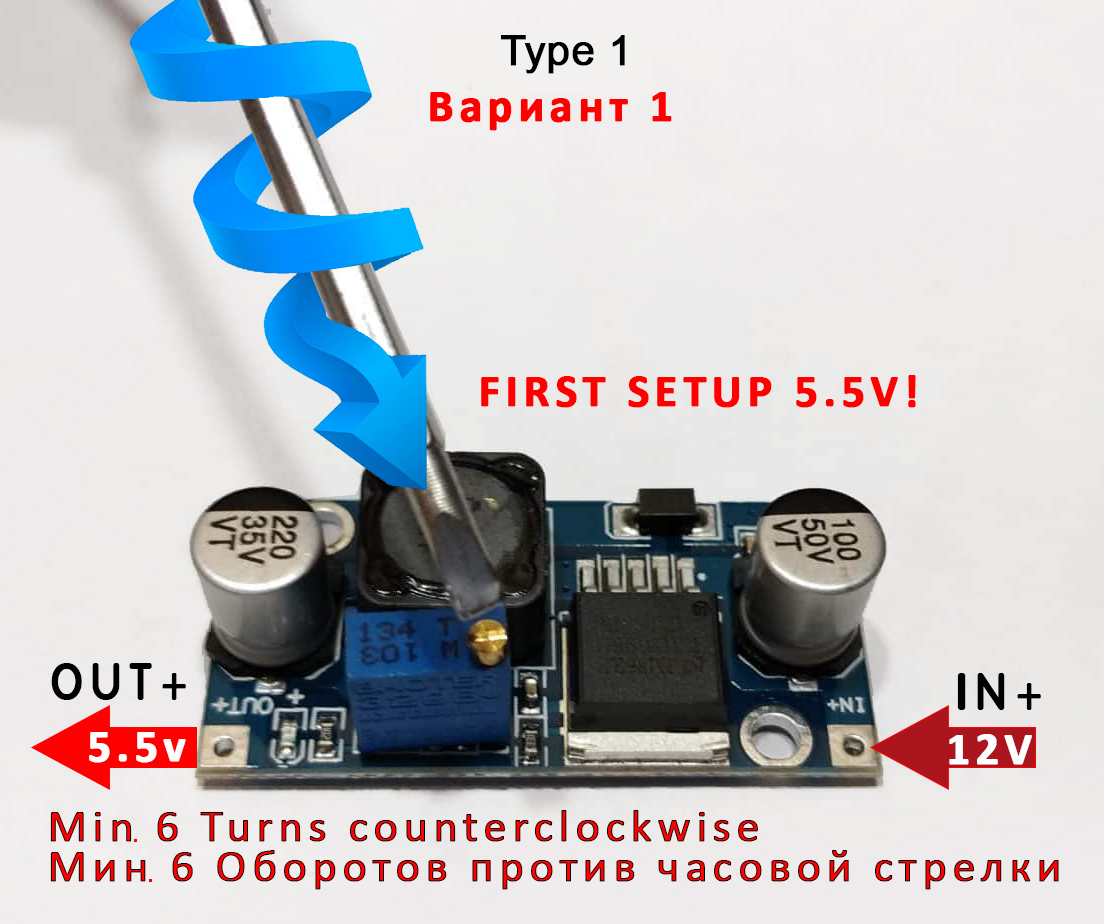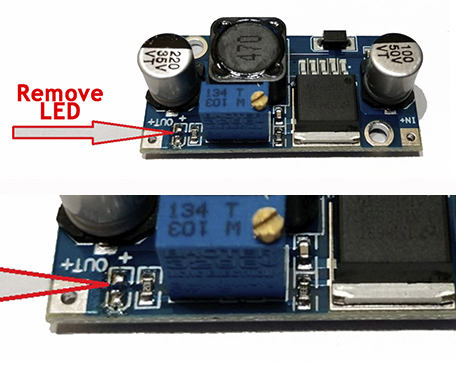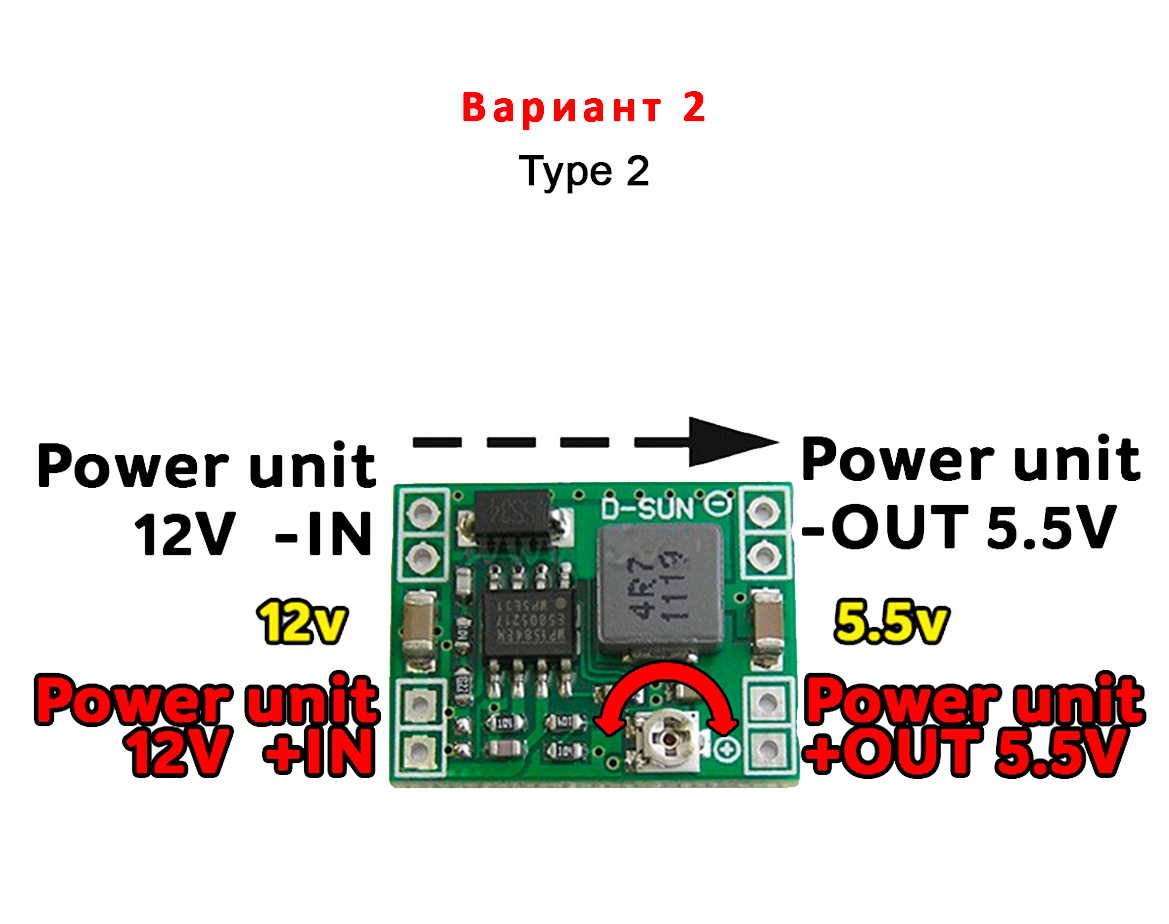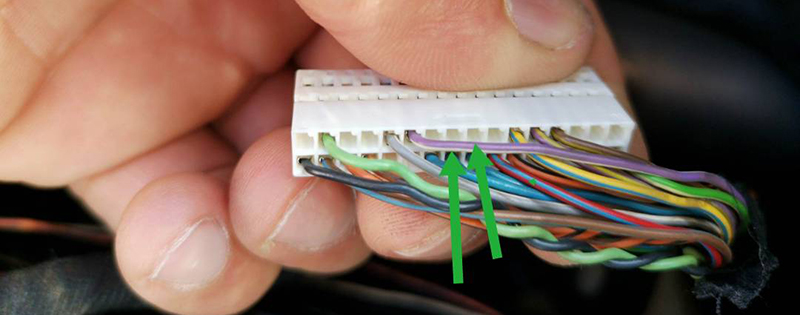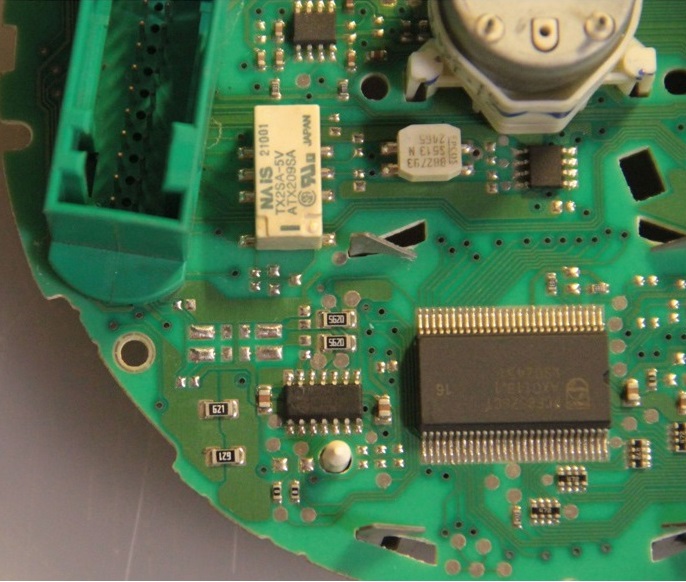 |
Saprankov |
|
Diaz |
You will need:
|
Safety
precautions
DO NOT! |
|
 |
| |
ATTENTION!!!
When installing a color MFD, there are 3 most important points.
1. You need to configure the
power supply to 5.5v.
The MFD operates at a voltage of
5.5v.
When you connect the power supply to the MFD
you should make sure that the output
of the contacts is 5.5v,
otherwise it will damage the processor! Paragraph
18
2. It is necessary to cut the
power paths going to the pins 23 24 25,
then check that they are not voltage-free, you need to supply power
to the cluster
and check with a tester, one probe into the ground of the second to
each pin 23 24 25. Should be 0v .
Paragraph 10
3. You need to rinse all the
soldering points. Install very carefully.
After soldering the wires, it is essential to rinse the soldering
points with special flushing agents
or isopropyl alcohol. During washing, do not allow alcohol to enter
the display or under the display and its board! |
|
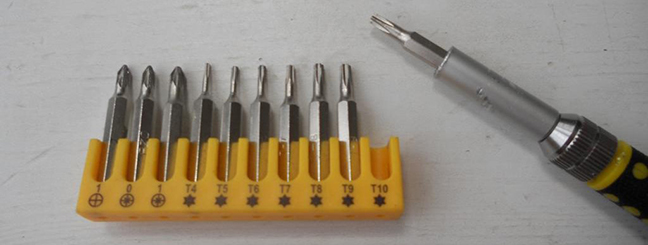
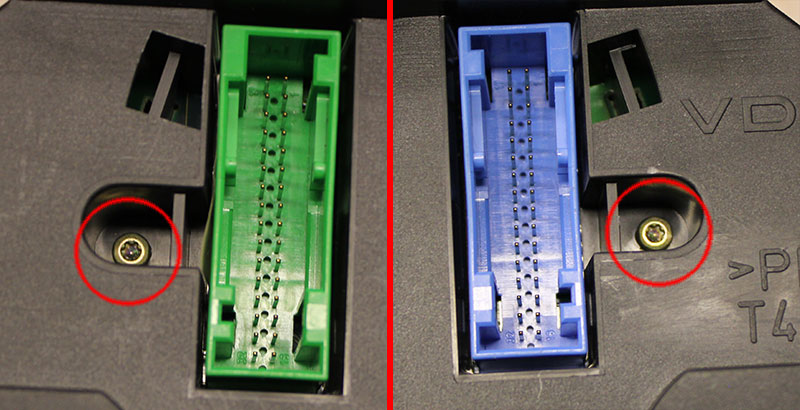
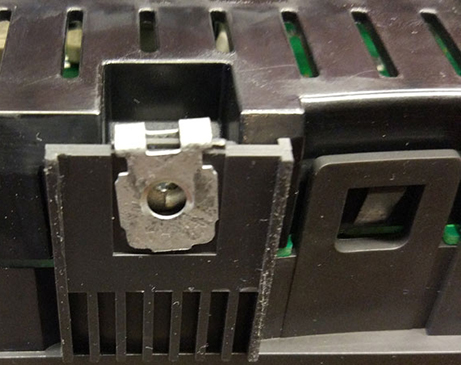
Bend all the latches neatly remove the front of the case with glass
View from above

Bottom view



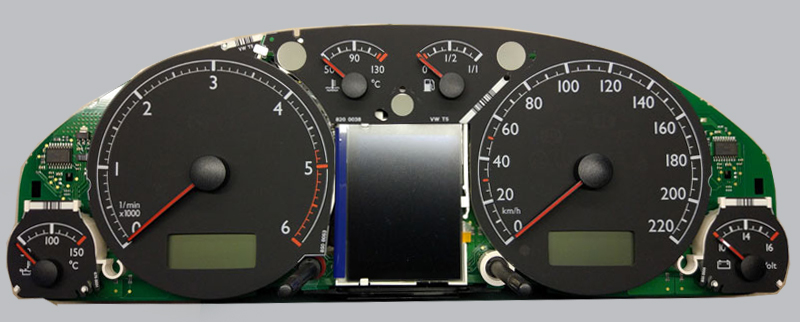
1.2 Remove the needles.
There are 2 ways to do it:
-
scroll counter-clockwise and
simultaneously pull it to yurself or
-
using using non sharp butter knives or spatula, shoot the arrows
from their shafts.
Its better to put paper between the knives and the base of the
device to avoid damaging it.
Pull the arrows up to yourself.

Then
remove the substrate.

1.3
Cut
the jumpers, we work carefully, so as not to damage the board.

It
should look like this:

1.4 Remove the excess.
It is necessary to remove the display by gently
heating the loop with which it is soldered to the board,
do not tear
off the display as you can damage the dashboard board.
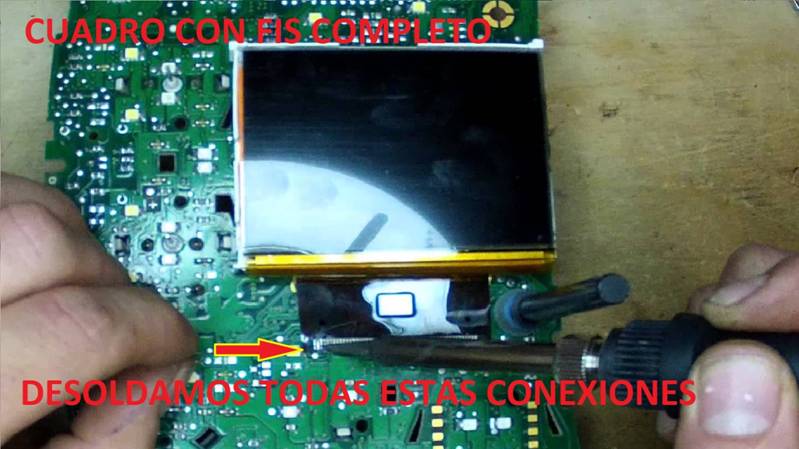
1.5 With
the help of pliers, we bend
the metal clamps restraining fullFIS
display.


1.6 Remove the white diffuser.
There are visible white plastic latches, on the back of the board,
bend them with your fingers and take out the white plastic.
It was the basis of the old display.

1.7 Solder the plume of the standard display and remove it.
On some instrument panels, the plastic base of the OEM FIS is
soldered to the board pretty hard,
to dismantle it remove the tin, using a soldering iron and a
special vacuum.


There is a temperature sensor in a fullFIS clusters. It can be
removed with a soldering iron
or simply cut off the sensor tape in any convenient place, so that
it does not interfere later.
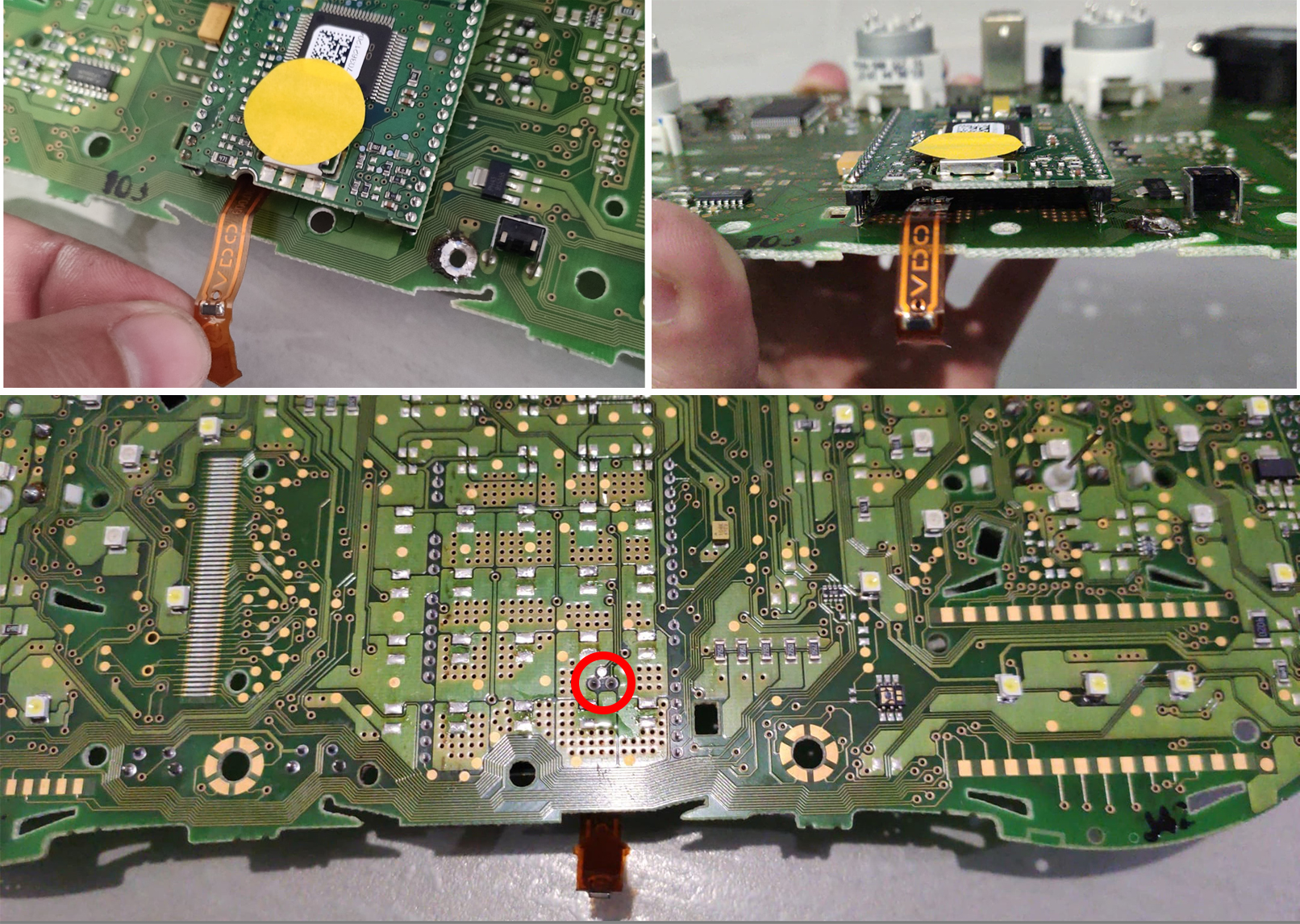
1.8.
Then
you need to remove all the LEDs that are were under the standard display
FullFIS
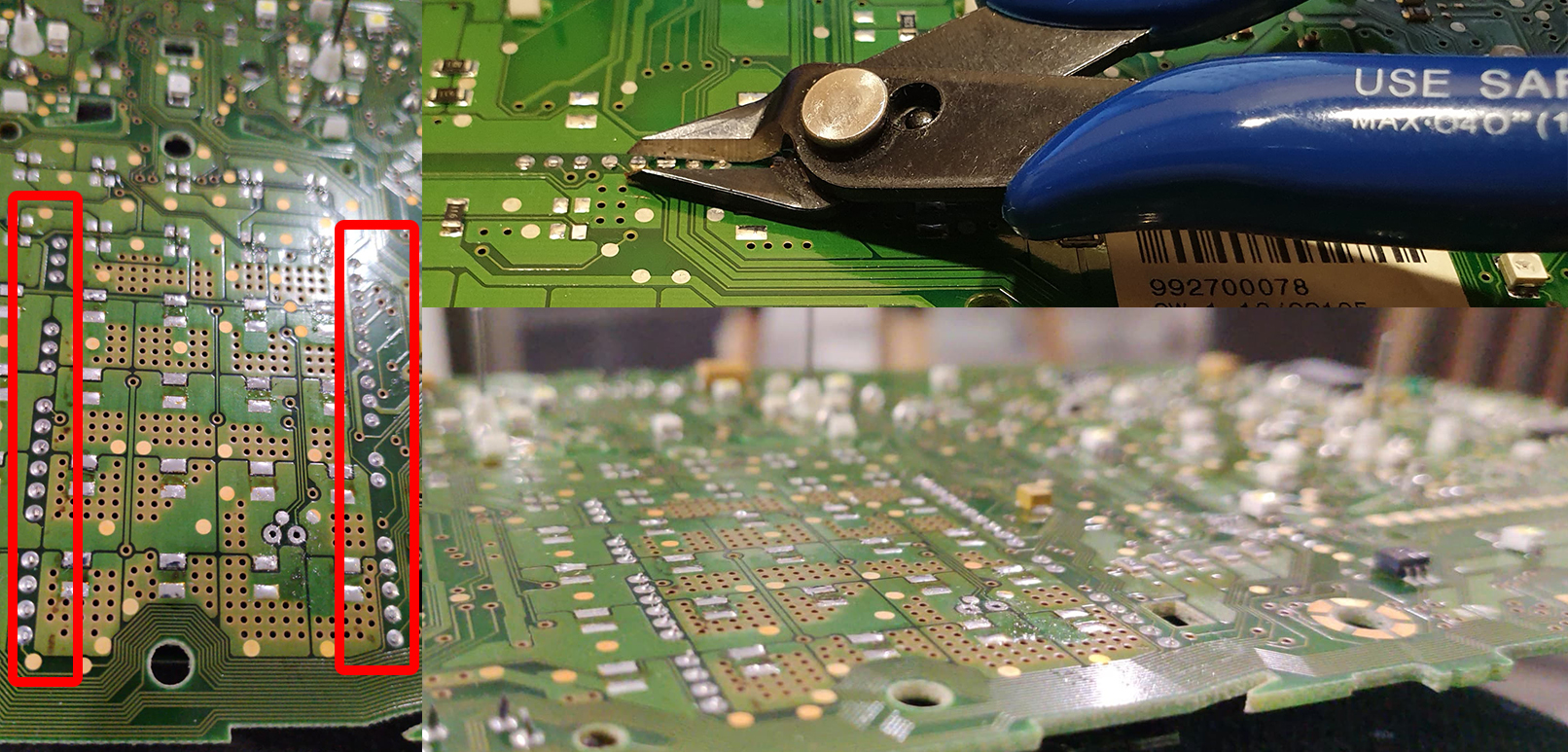
We
make sure that there are no jumpers made of tin.
After removing the LEDs, clean the board from tin residues and rinse
with alcohol.
1.9
VERY IMPORTANT:
For
instruments with a
halfFIS or fullFIS installed, it is necessary to
find and cut
tracks from the pins of the control of the standard
FIS
on the board of the instrument
panel (from the pins 23, 24, 25 of the green connector)
After
need to check that the 23, 24, 25
pins were 0v
Below
are photos from some instruments.
On your device, the tracks may be located elsewhere
For dash have noFIS,
you just need to check that the 23,
24, 25
pins were 0v

OR
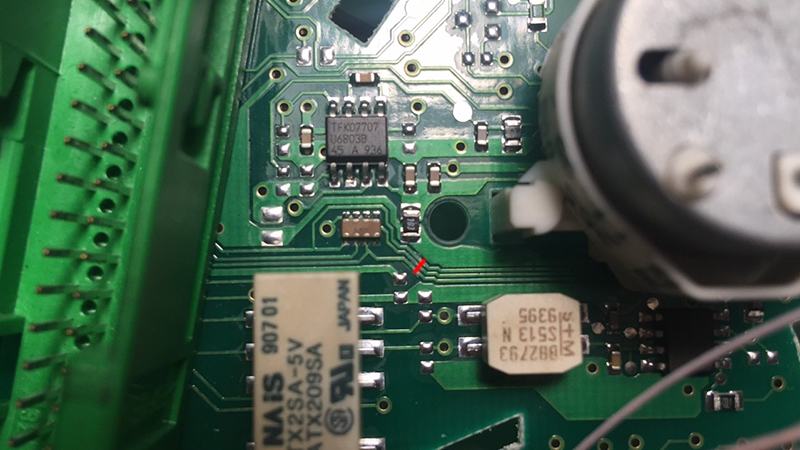
1.10. We
start to build wires according to the table. Wires
are cleaned of
Isolation and
twisting, ludim and cut off excess.



1.11. Through
the holes in the board of the device, we extend the wires to the
blue
And green
connectors.

| |
2.3
Take the multimeter, set it to Diode (Ring) mode.
Using multimeter and wiring diagram, find the wires you
need and solder them to the connector pins. |
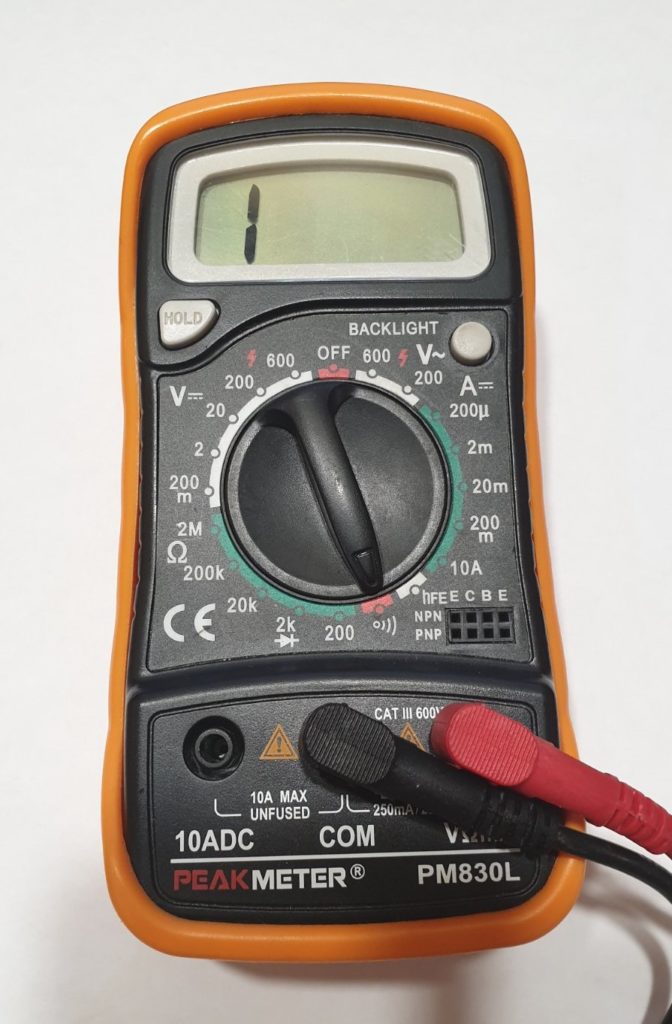 |
|
13. Using the
tester, we find the wires we need and solder them to the feet
connector
according to the table.

Full size image

| |
2.4 Be sure to twist
in a spiral the wires,
which you will be connecting
to CAN bus.
Comfort CAN bus 8 and 9 pins of Green connector;
CAN-bus motor 19, 20 pins of Green connector.
|
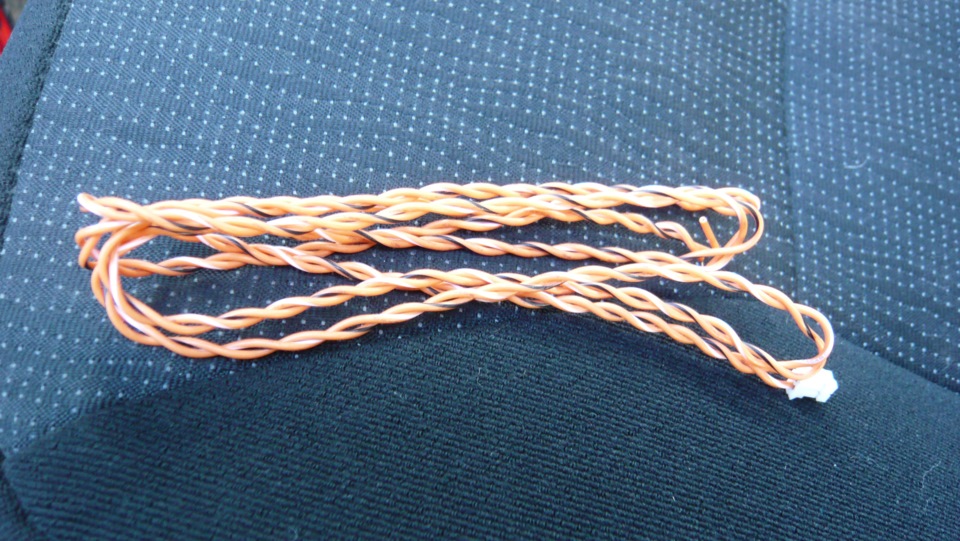 |
|
There are 2 ways to connect CAN bus wires. Choose what is convenient
for you.
| |
1-st way: solder the wires to to the pins of the green connector |
2-nd way: solder the wires to the points, indicated in the photo |
|
| |
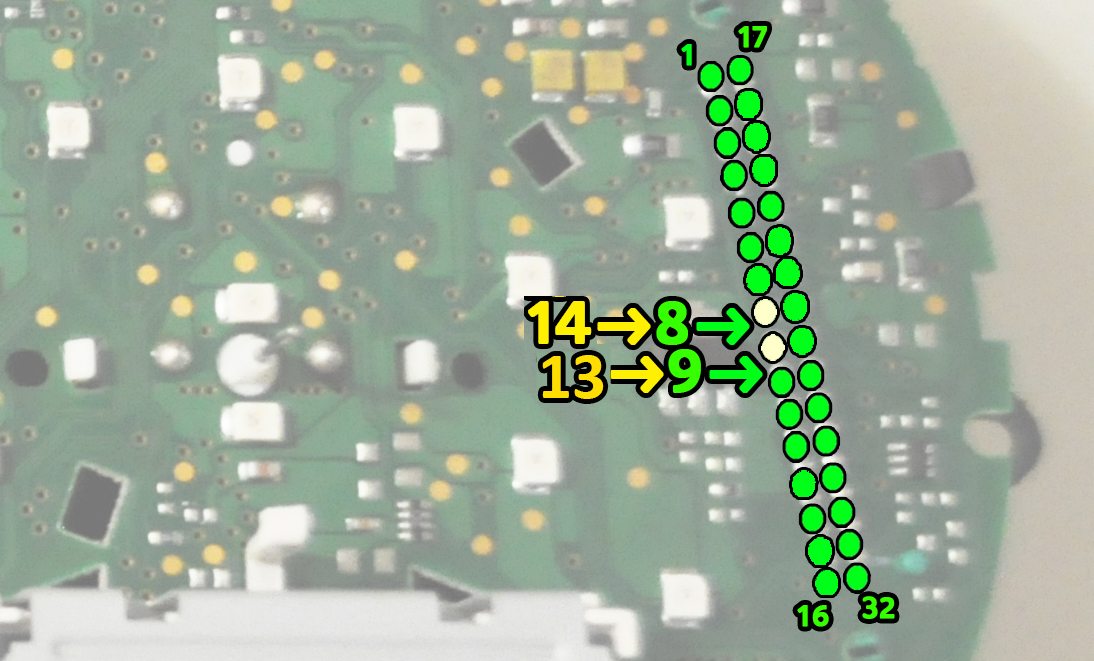 |
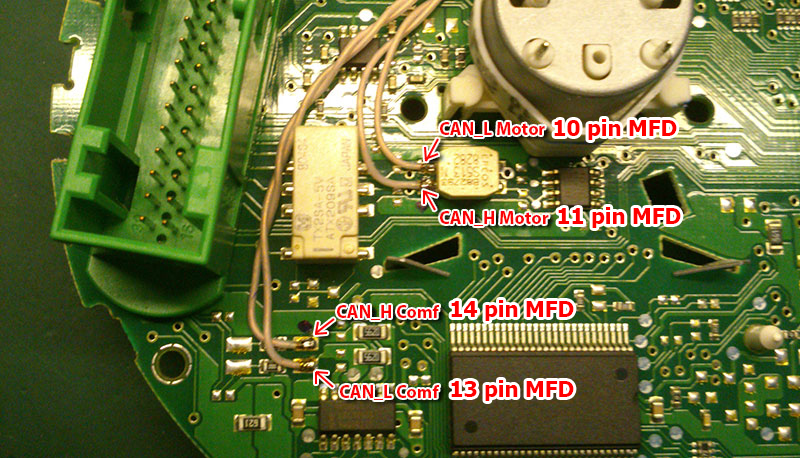 |
|
2.5 Lay the wires in
such a way that they do not interfere with the installation of white Light
diffuser.

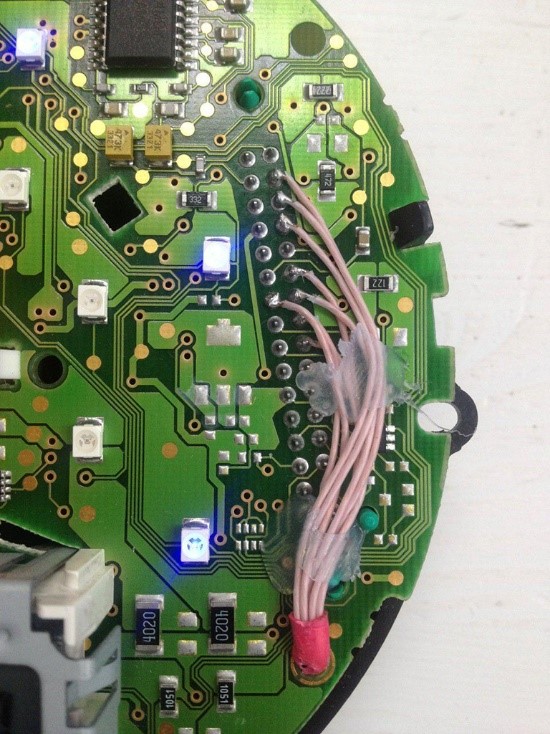

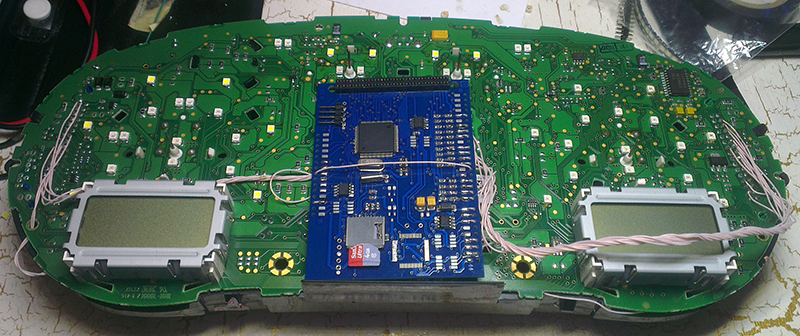
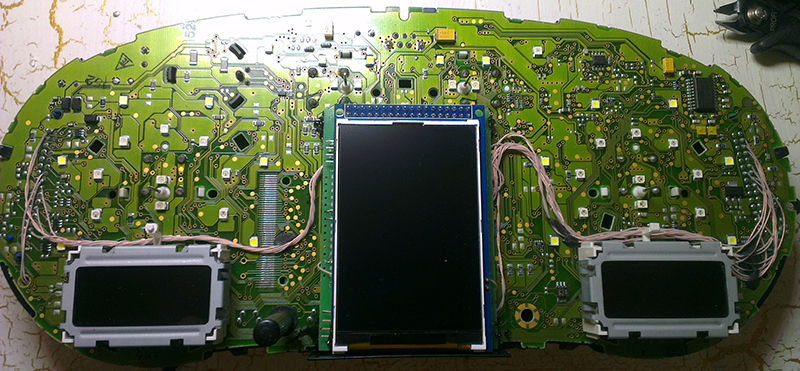
Important!
You need to remove 3kOhm (302 or 3001) resistor from 36 pin of MFD
board.
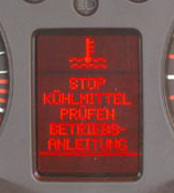
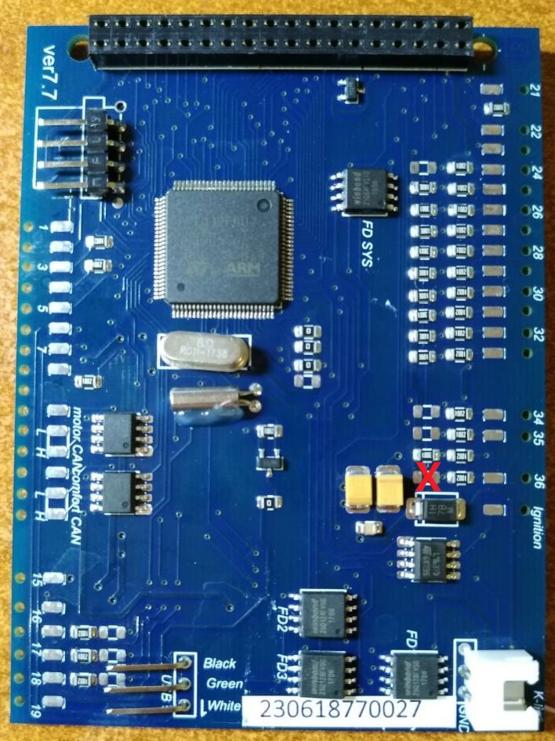
Or, after installation, you need to connect MFD to the Shell
program and configure the low oil warning for the FullFIS cluster.
Shell program link:
https://drive.google.com/open?id=1xwPKHubYHQgDo1BQcvlYaab_Fk83C7fE
Video instruction:
https://youtu.be/DEsNmNSrkWM
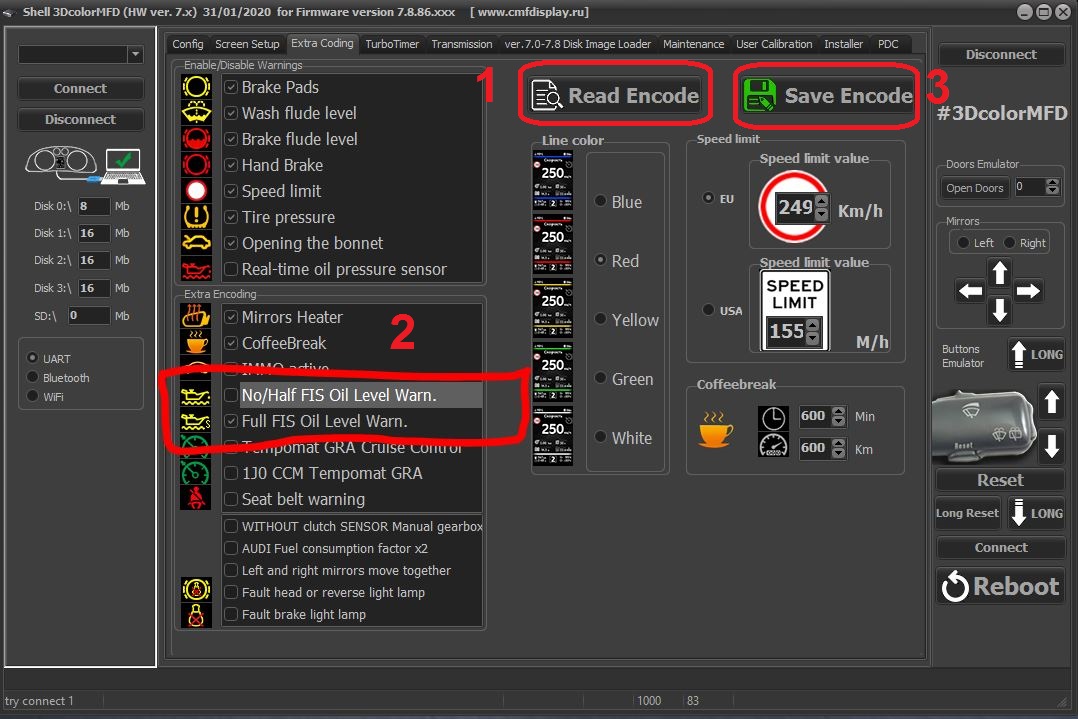
If you are the lucky
owner of Passat B5, released for USA market, you have to add a few
SMD resistors to the dashboard.

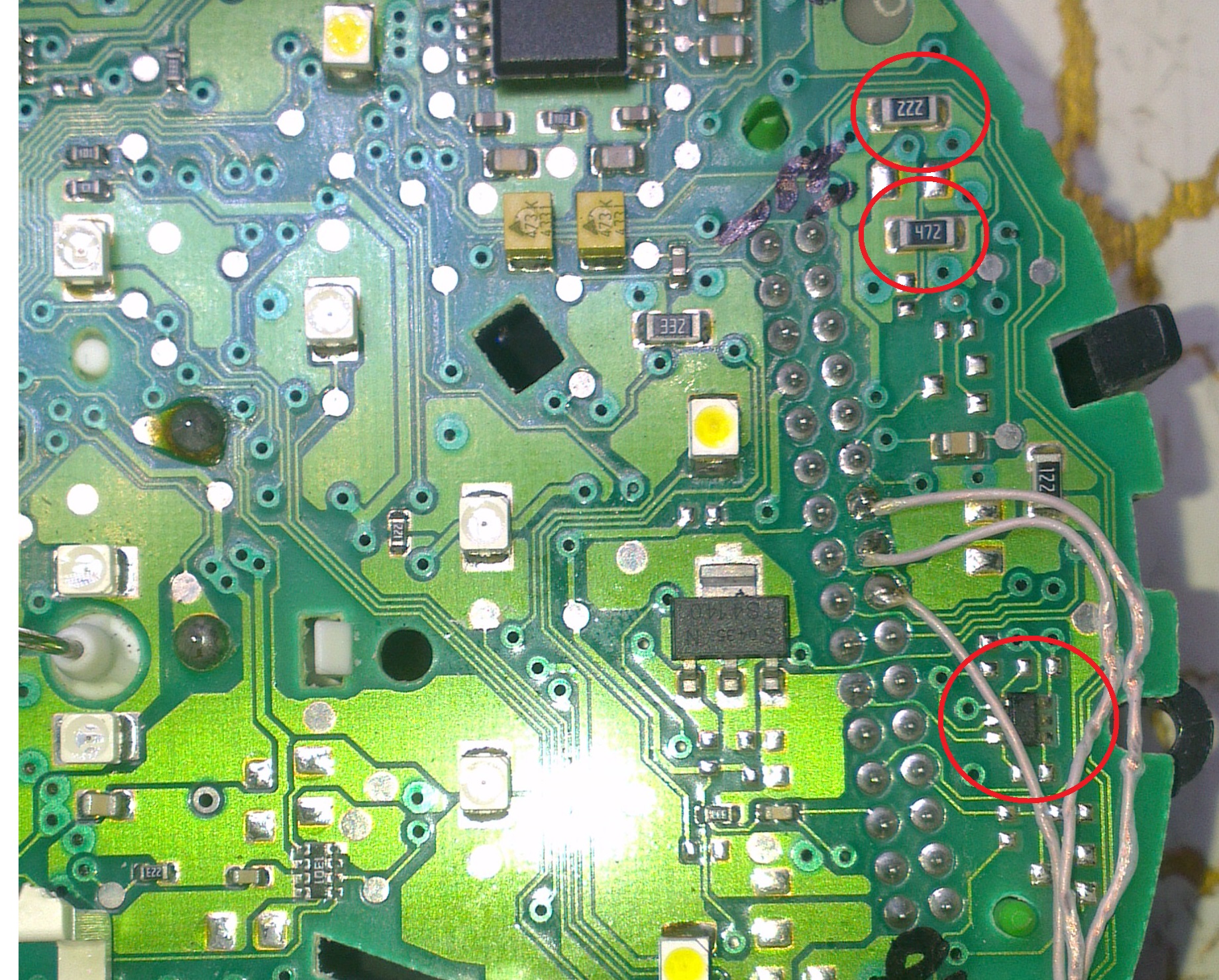
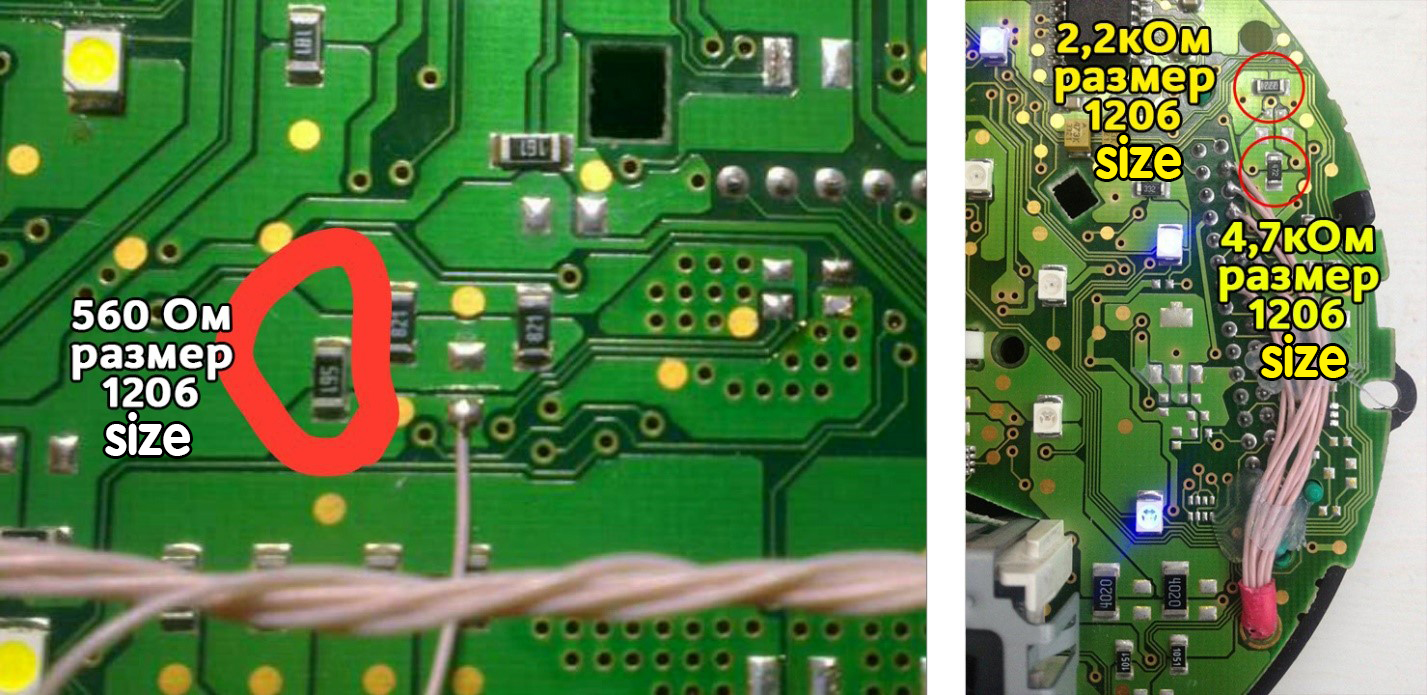
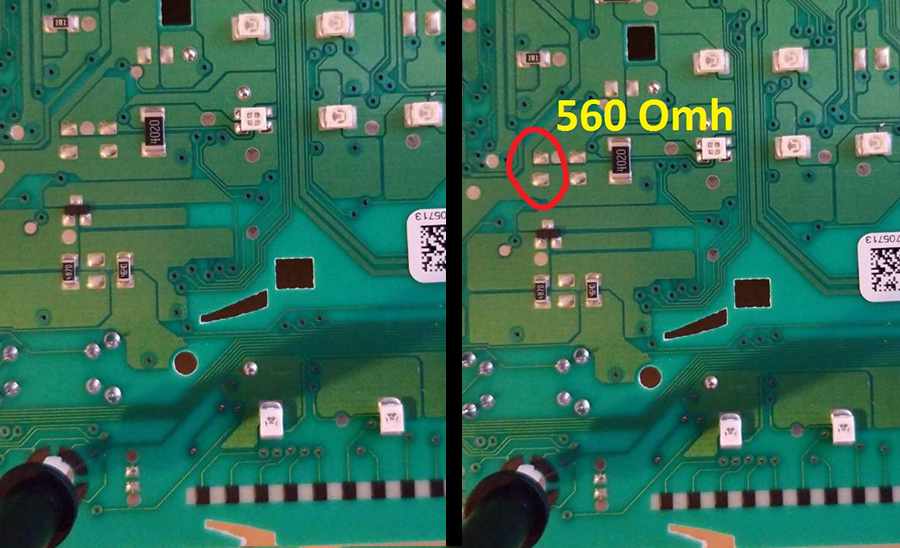
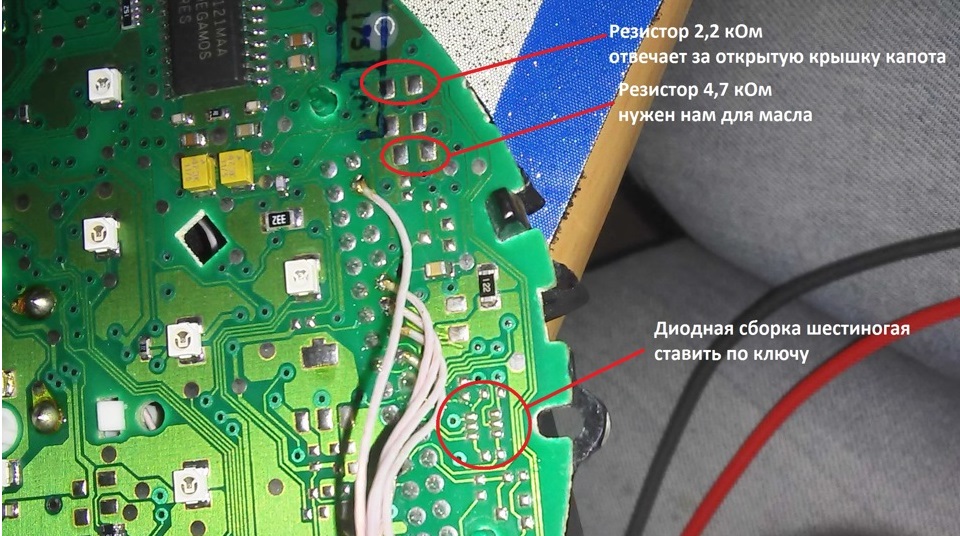
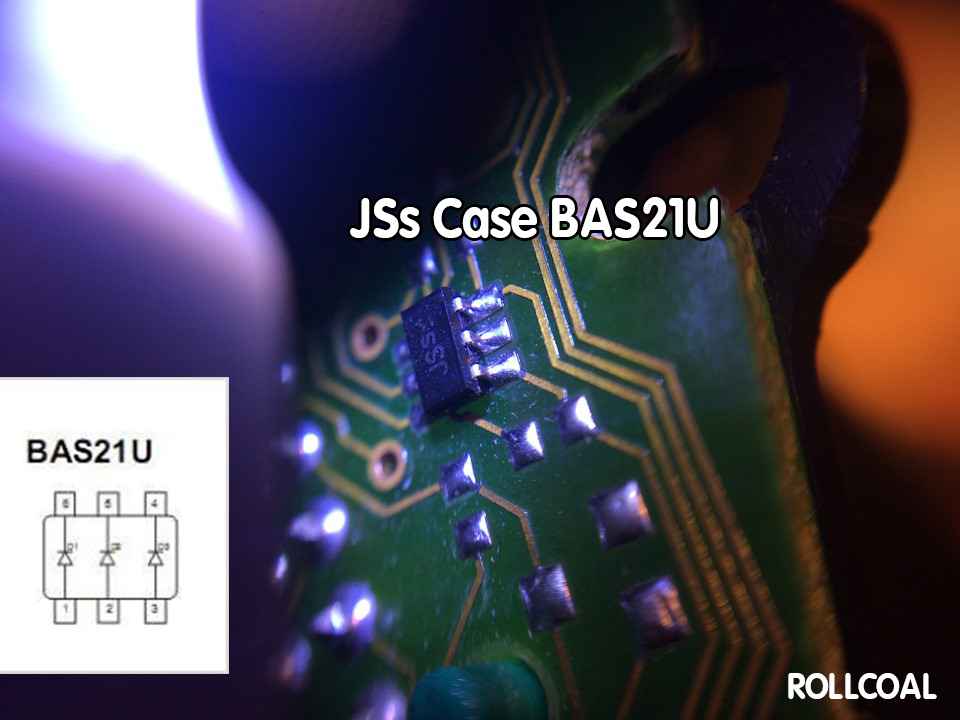
In clusters for the American market, there are no open hood and
oil level control resistors, and there are no oil level and
temperature sensors in the engine sump.
2.7 The wires should be pulled from the back or as shown above.
Wires should not interfere with the assembly of the cluster.
So
it's not right!

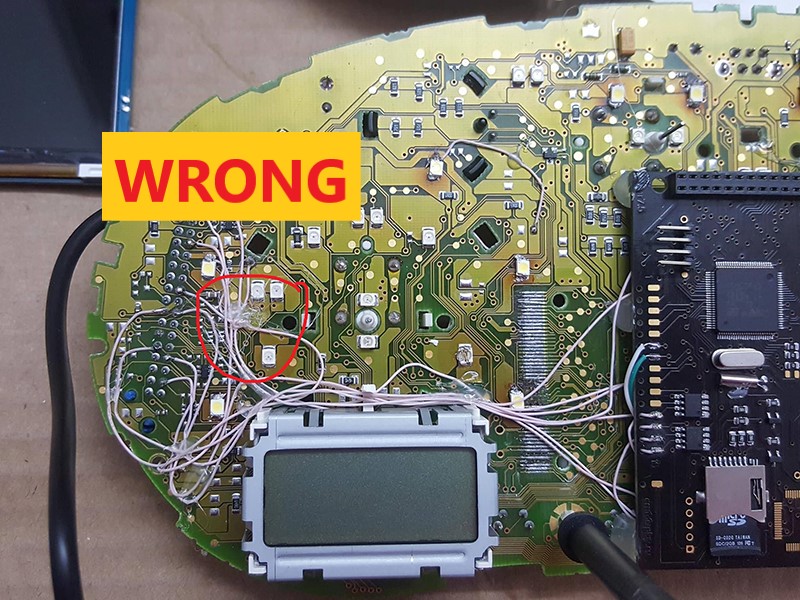
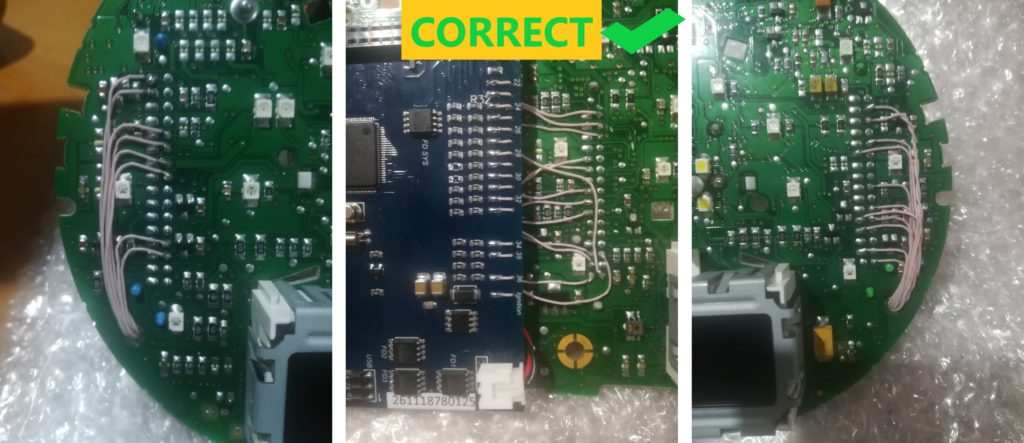
2.8 Power connection
There are two types of power supplies
Attention!
Before installing the power supply, you need to solder the wires to its
contacts IN+, IN- and OUT+, OUT- ,
then apply a current of 12V to IN+, IN- , and connect the OUT+, OUT- wires
to the multimeter.
Now we need to tune the output current. Using a small flat screwdriver, you
should rotate tuning resistor
clockwise, until you have 5.5V output voltage on the multimeter.
Next, we place the power supply on the cluster`s back board and bring wires
from the blue connector to its contacts.
How to do this, look at the connection diagram specifically for your car
model.
Choose the installation location of
the power supply so that it does not interfere later in the
assembly. For example:

Attention!
After wiring, lay it so that they do not interfere with further
assembly.
Need
to
call all contacts and check
on the table to avoid confusion anywhere.

2.9 Before assembly,
check the functionality of the module in your car.
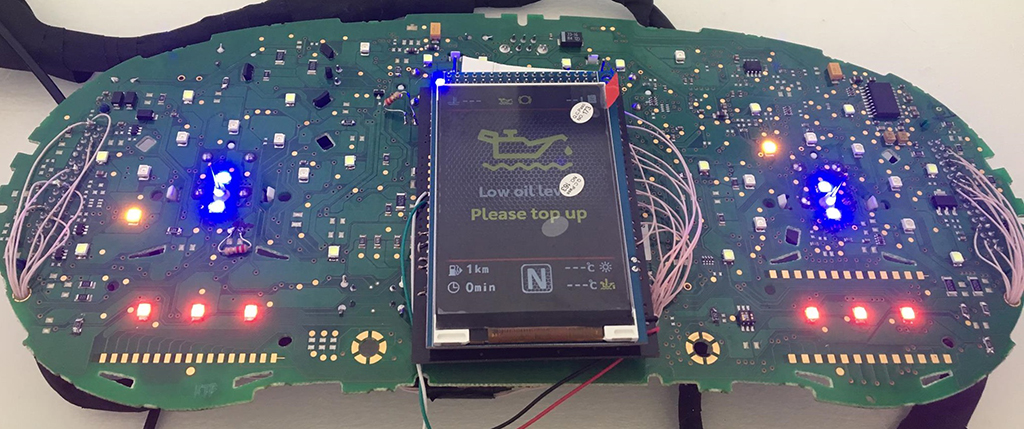
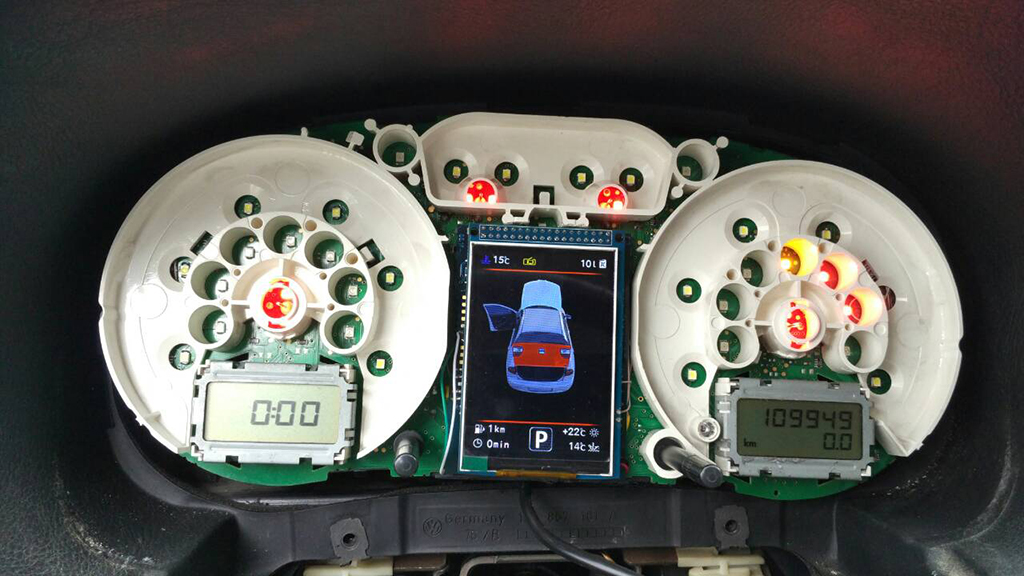
3. Assembly
After wiring, lay it so that they do not interfere with further
assembly. Check wiring with multimeter, in Diode mode.
On the display, at the back, there is a piece of double-sided tape
(if yours doesn`t have it, attach one). Don`t remove the protective
film from it! We use it only as a support for the display!

| |
Do not solder these wires!
Pins 6 and 7 are spare. |
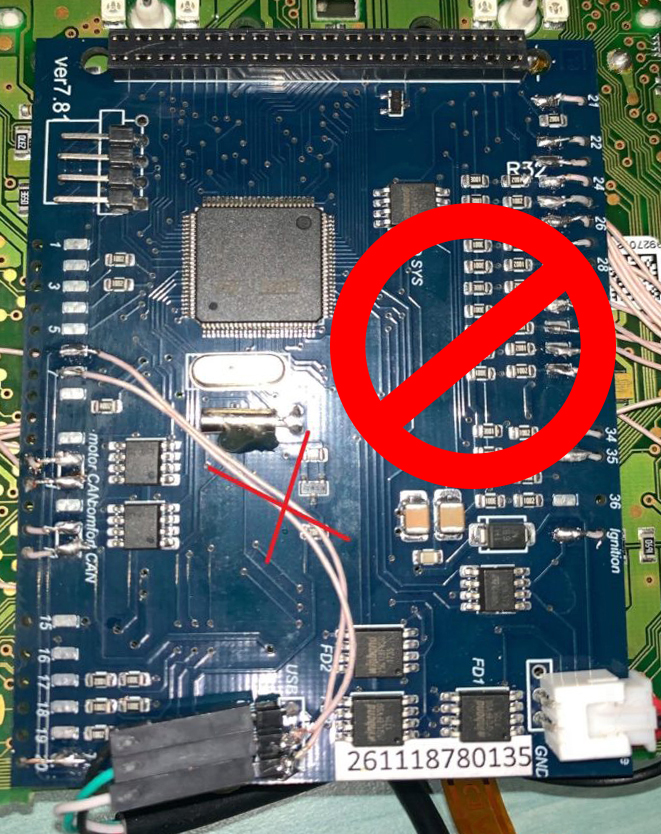 |
|
| |
3.1 Cut off Red USB wire, we
don`t need it. |
3.2 USB cable
should be fixed with glue. |
|
| |
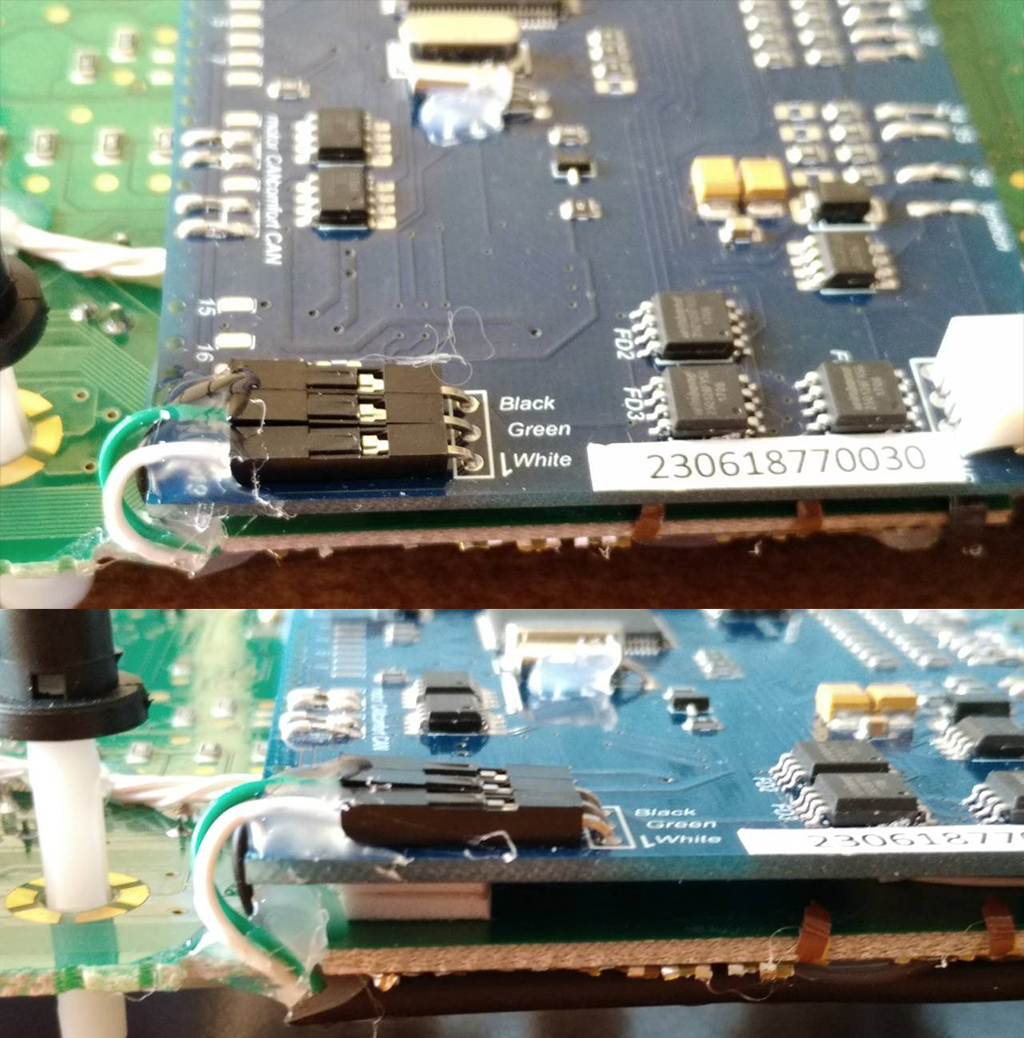 |
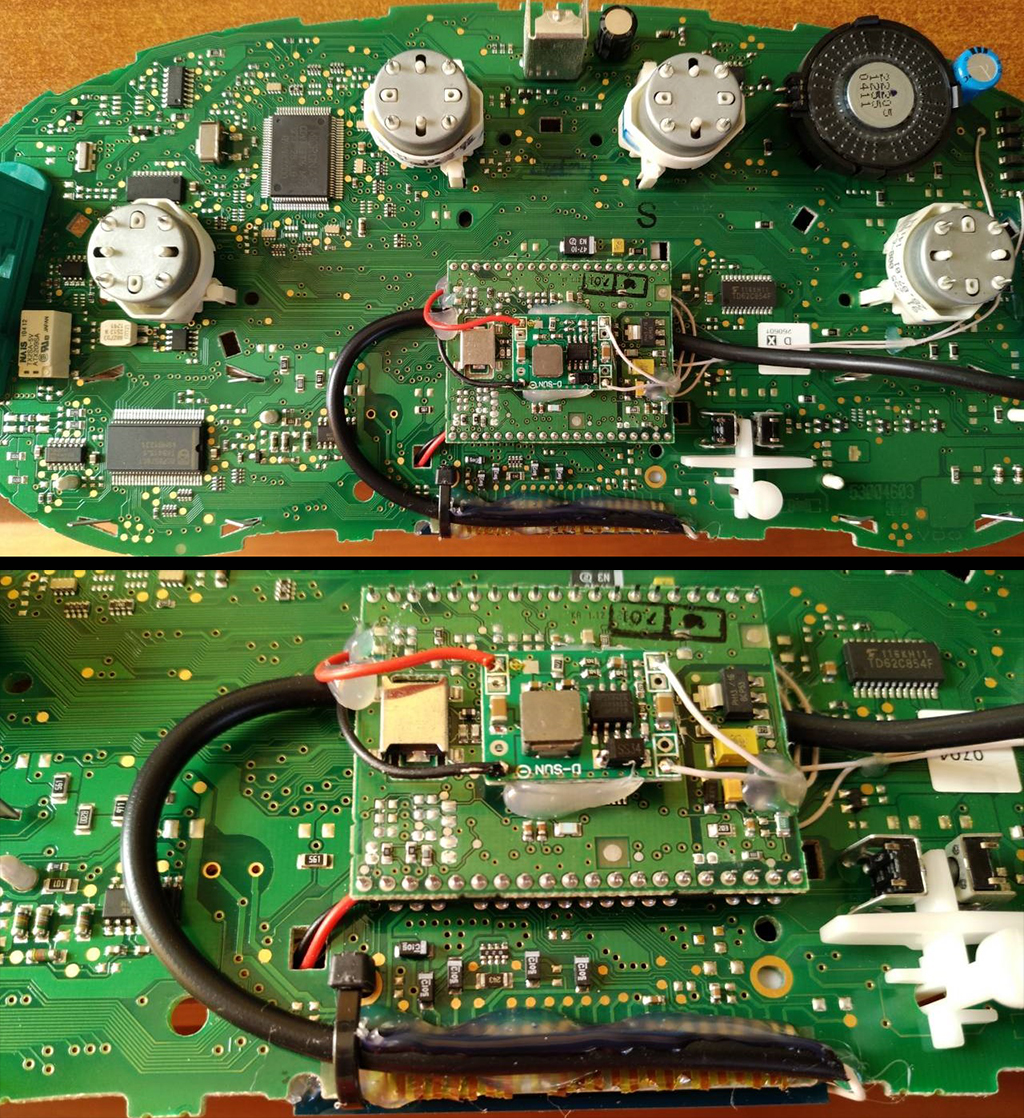 |
|
| |
3.3 We take double-sided adhesive tape on a foamy basis, cut the squares 1cm
X 1cm.

|
3.4 Collect these squares in 3 floors.

|
|
| |
3.5 Place them so that nothing prevents you from mounting
the module on the board.
 |
3.6 Place the module so that it
fits in the cluster`s window.

|
|
| |
3.7 Cut off the main beam guide part. On the red line. Leave
the semicircle.
 |
3.8
Cut off the protruding part!

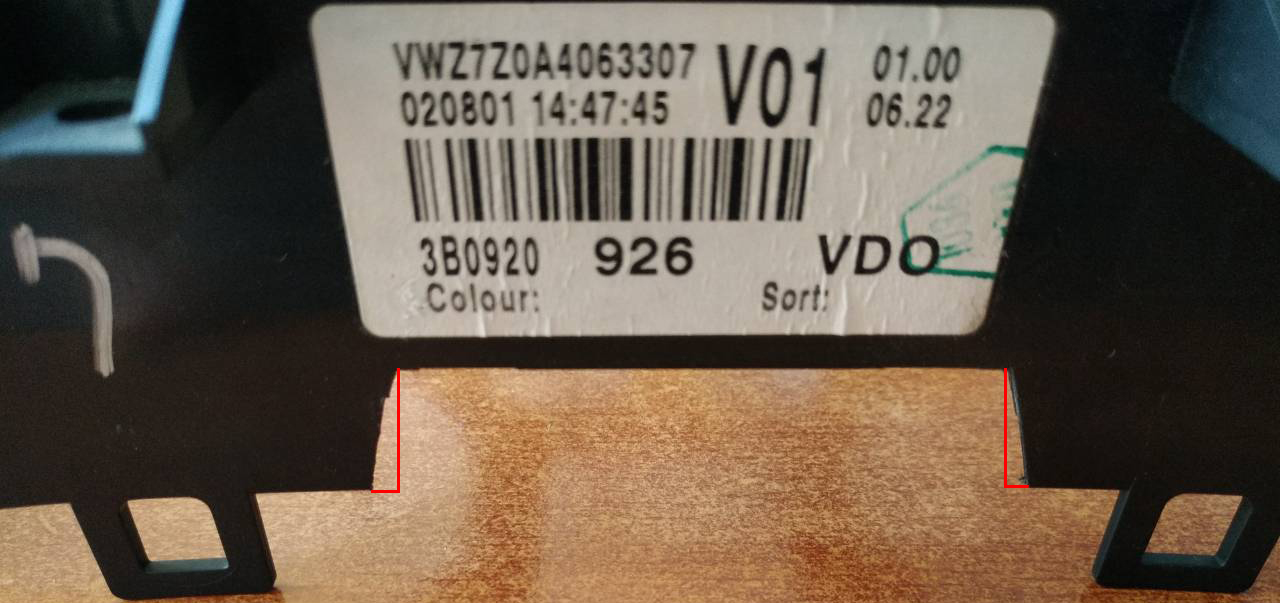 |
|
3.9 Install a white diffuser and cut off the excess (as shown in the
picture).
Then place the display and align it so that it clearly fits into the
cluster window.

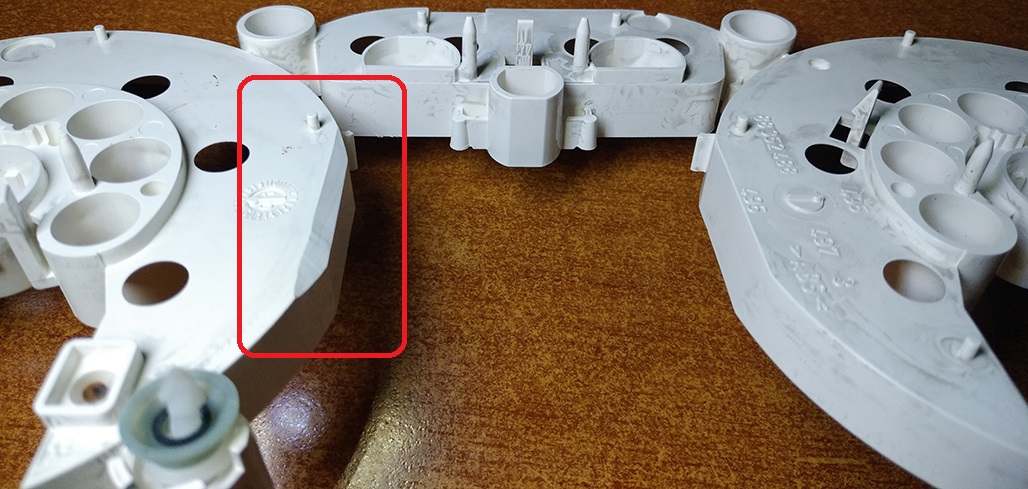
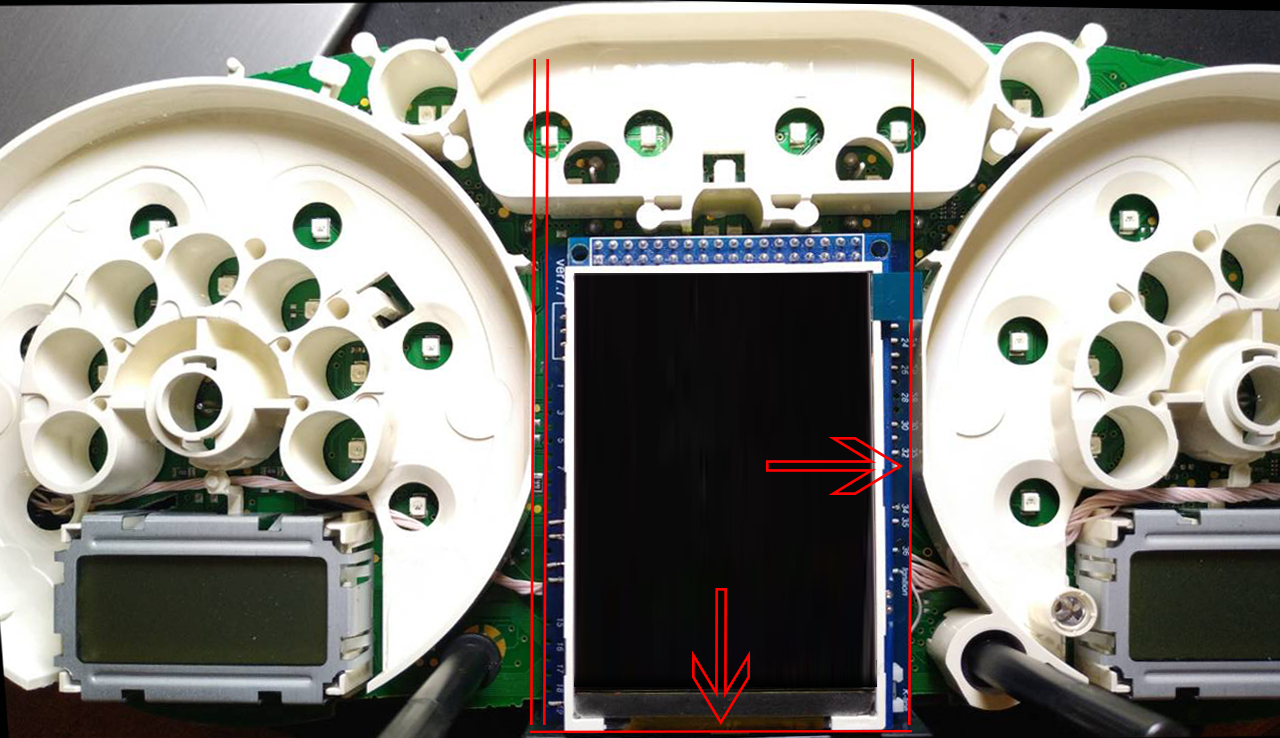
3.10 IMPORTANT! For greater stability,
after you have tried and calibrated it, fix its position with hot-melt
adhesive.


3.11 Next, you need to glue the matte protective film so that the
display does not glare in the sun.
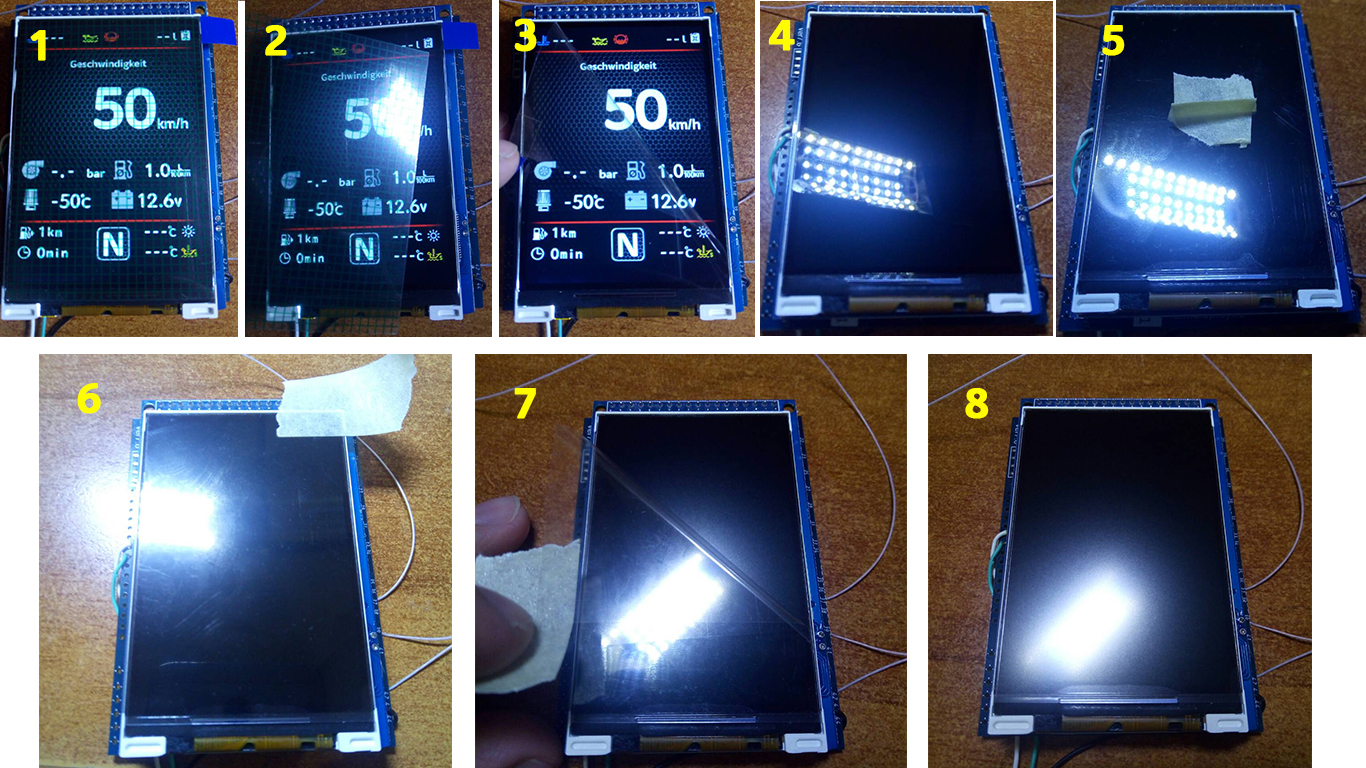
Attention!
Be sure to stick the film!
Otherwise, the display may be damaged!
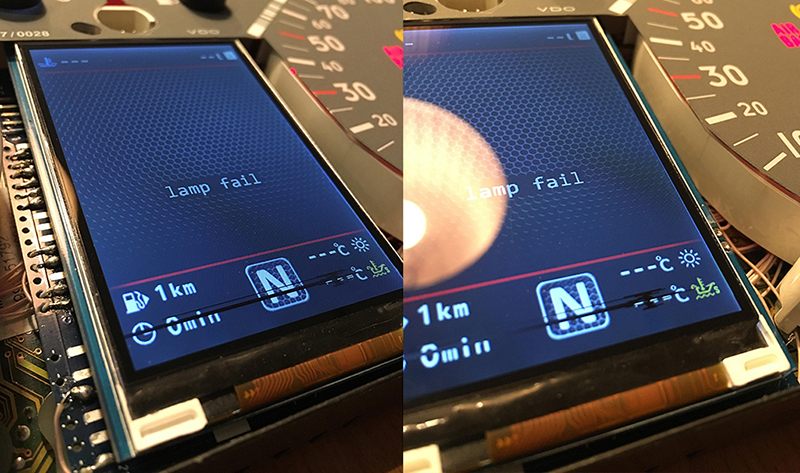
| |
4. IMMO 2
If you have a 1J0 comfort unit installed. Or
your car is Seat Leon 1M.
Be sure to stretch the wires from the comfort unit to the cluster.
The comfort block 9 -> 8 pin of cluster`s outputs (CAN-H Comfort) of the
green connector.
The comfort block 6 -> 9 pin of cluster`s outputs (CAN-L Comfort) of the
green connector.
|
 |
|
| |
 |
|
4.1 IMMO3 Cluster Installation in a vehicle with IMMO2
If you are installing IMMO 3 cluster in a car with 1J0 CCMS (comfort unit)
you shoul remove 2 resistors from the cluster board.
These resistors are coming from 8 and 9 pins of the green connector.
4.2 If you are Installating IMMO3 cluster in a vehicle with IMMO2,
you should activate the ambient temperature sensor in the cluster`s
EEprom.
| |
Passat B5
You need to change 1ef from 08 to 01
line 0001E0 column F
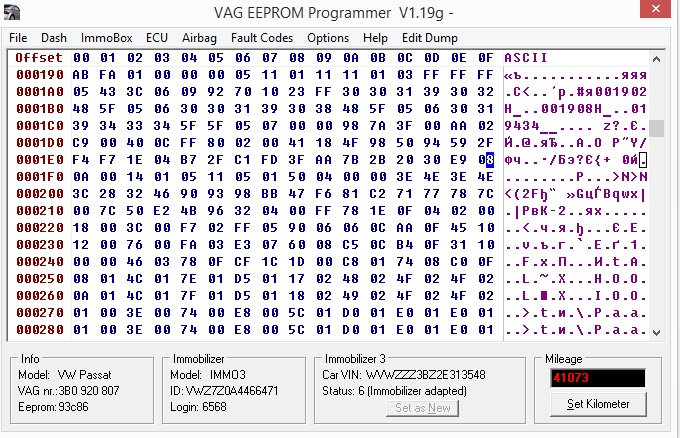
|
Golf 4
Cluster 1J0920806G no fis no show temp in dispay
You need to change 1e5 from 2B to 2F
line 0001E0 column 5

|
|
Change 2B in 2F and work
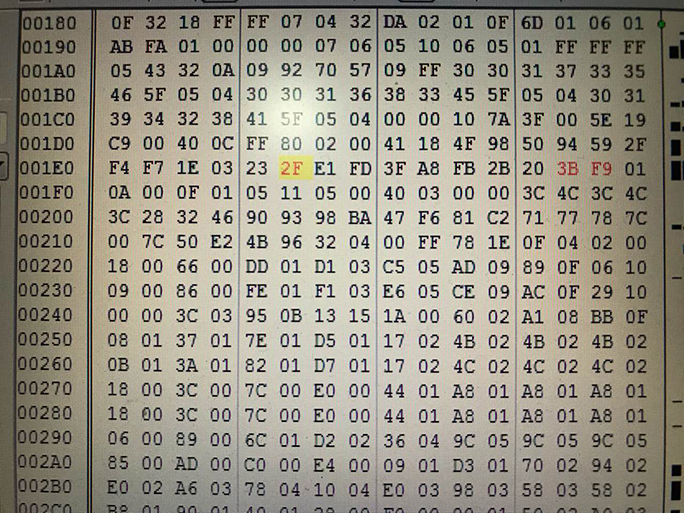
I changed that one 1E0 column 6 from 2B to 2F and it works
5. BOOST
To connect the boost pressure control, You need to add
pin 15 to the green connector.

The other end of the wire must be connected to the engine ECU.
According to the table below, you should find the signal wire of the
boost sensor.
When the engine is idling, the voltage on the wire should be between
1.6 and 1.9 volts.
With an increase in RPM (engine speed), the voltage on this wire
should increase.
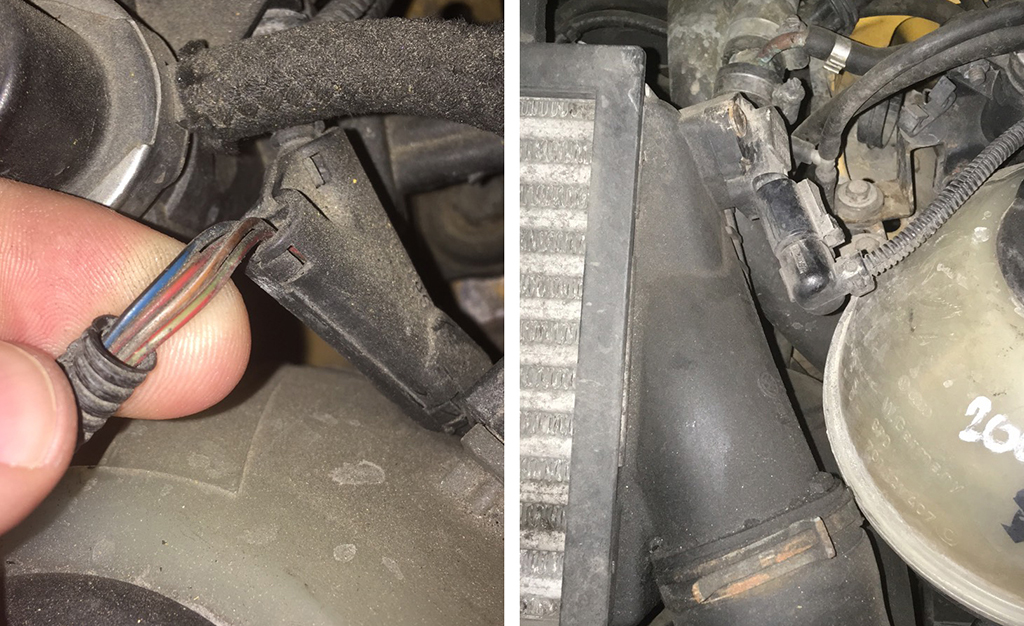
Most often,
On diesel engines (AVB and others):
71st pint of ECU, green red Wire (green with a red stripe);
On petrol (AWM and others):
101 pin of ECU, gray blue wire (gray with a blue stripe).
In general, as I know, in all B5 diesel 1.9Turbo, supercharging is
connected to the 71st pin,
And the gasoline 1.8T is connected to the 101 pin. The color of the
wire can vary depending on the year / engine.
|
BES |
2.7T |
T121 |
101 pin |
blue-gray |
|
AJM |
1.9TD |
T121 |
71 pin |
yellow-black |
|
AKN |
2.5TD |
T121 |
71 pin |
yellow-red |
|
AUY |
1.9TD |
T121 |
71 pin |
yellow-black |
|
BQW |
2.0TD |
T94 |
78 pin |
green-red |
|
AWT |
1.8T |
T121 |
101 pin |
blue-gray |
|
AVG |
1.9TD |
T80 |
40 pin |
yellow-green |
|
AWM |
1.8T |
T121 |
101 pin |
blue-gray |
|
AFN |
1.9TD |
T121 |
70 pin |
green-red |
|
AWD |
1.8T |
T121 |
101 pin |
blue-gray |
|
AVB |
1.9TD |
T121 |
71 pin |
green-red |
|
AWP |
1.8T |
T121 |
101 pin |
violet-gray |
|
AVF |
1.9TD |
T121 |
71 pin |
green-red |
|
AUM |
1.8T |
T121 |
101 pin |
violet-gray |
|
AWX |
1.9TD |
T121 |
71 pin |
green-red |
|
AUQ |
1.8T |
T121 |
101 pin |
violet-gray |
|
AHF |
1.9TD |
T121 |
71 pin |
yellow-black |
|
ARZ |
1.8T |
T121 |
101 pin |
violet-gray |
|
ALH |
1.9TD |
T121 |
71 pin |
yellow-black |
|
ARX |
1.8T |
T121 |
101 pin |
violet-gray |
|
ARL |
1.9TD |
T121 |
71 pin |
yellow-black |
|
ANB |
1.8T |
T121 |
101 pin |
blue-gray |
|
ASV |
1.9TD |
T121 |
71 pin |
yellow-black |
|
APU |
1.8T |
T121 |
101 pin |
blue-gray |
|
ASZ |
1.9TD |
T121 |
71 pin |
yellow-black |
|
APB |
1.8T |
T121 |
101 pin |
blue-gray |
|
ATD |
1.9TD |
T121 |
71 pin |
yellow-black |
|
AMB |
1.8T |
T121 |
101 pin |
blue-gray |
|
AXR |
1.9TD |
T121 |
71 pin |
yellow-black |
|
|
|
|
|
|
|
6. ASSEMBLY
Collect everything in the reverse order, without forgetting to
calibrate the needles with the help of the VAG-com program.
| |
6.1 To
do this, connect cluster to the car (without cluster glass) and connect it
with VAG-com.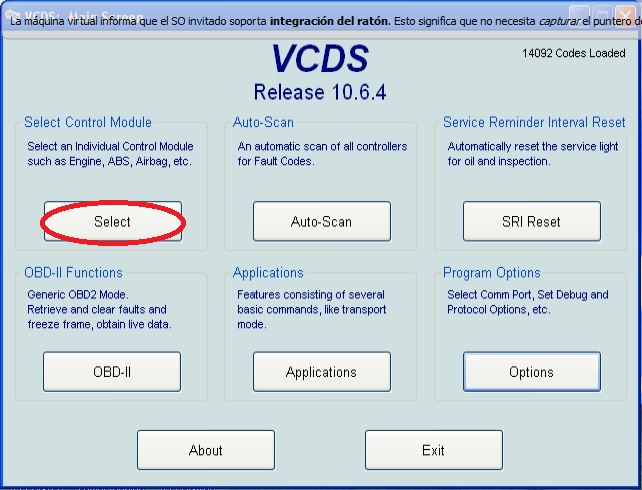
|
6.2 Go to unit-17.
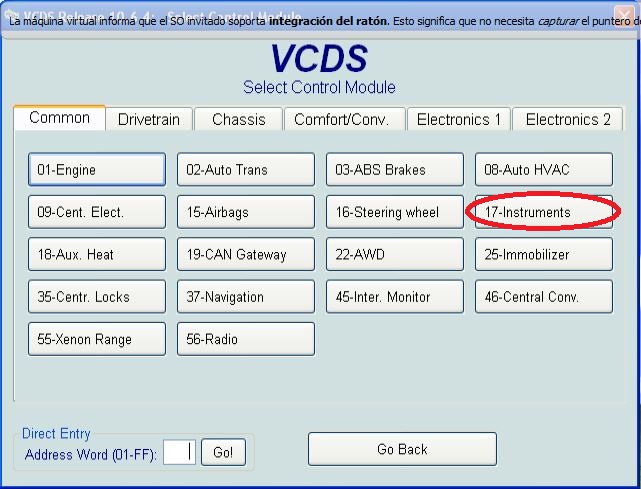
|
|
| |
6.3 Select Test unit.
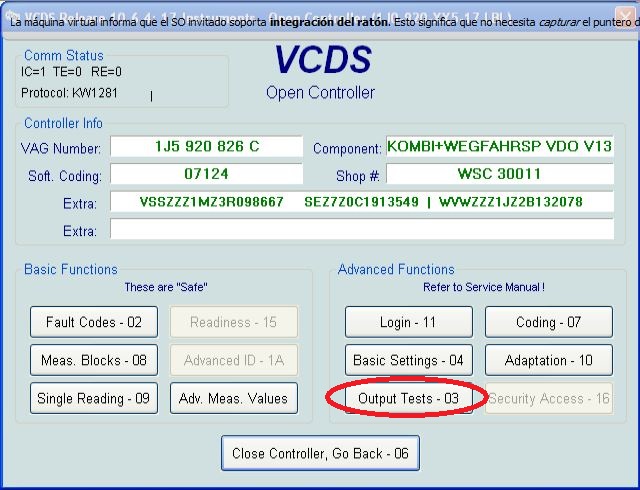
|
6.4 Make a needle test.
Choose in turn: tachometer, coolant temperature, fuel level and speed .
The needles will make a turn on the whole scale, and then freeze.
Remember or make a photo of difference in readings. Click «Done» and exit
from the unit. Turn off ignition, remove the key and set the needles to
correct position, turning them back counterclockwise.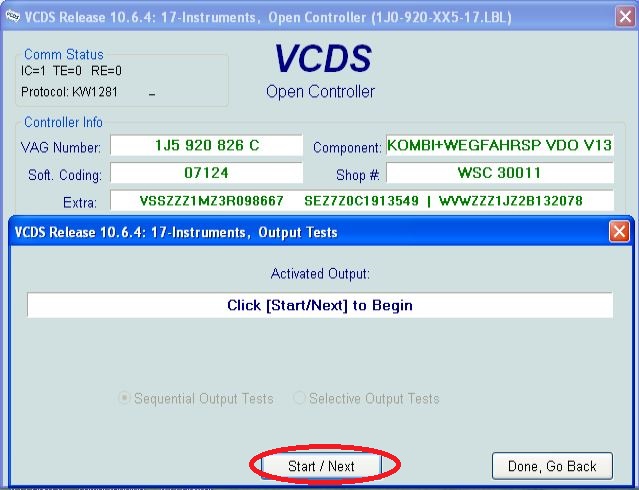
|
|
| |
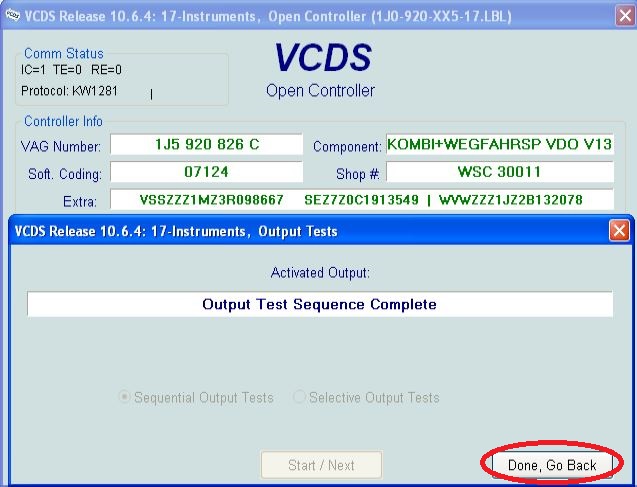
|
|
|
| |
6.6 . Tachometer
3, 000 RPM.

|
6.8.
Speedometer at 100 km / h

|
|
| |
6.9. Coolant temp. middle
 |
6.7 . Fuel
level middle
 |
|
Then check everything
again
You can not turn the needles too quickly correcting the position,
you can damage the motors of the needles
You can not turn the needles, when there is power on the device.
6.6 Put back the cluster glass and put the cluster back into the
car.
7. Take a photo and post it on all social networks.
Go to auto club meeting and brag to your friends.
8. Show it to your girlfriend/wife with words: «Look what a cool
thing I bought for just 20 bucks! » =)





